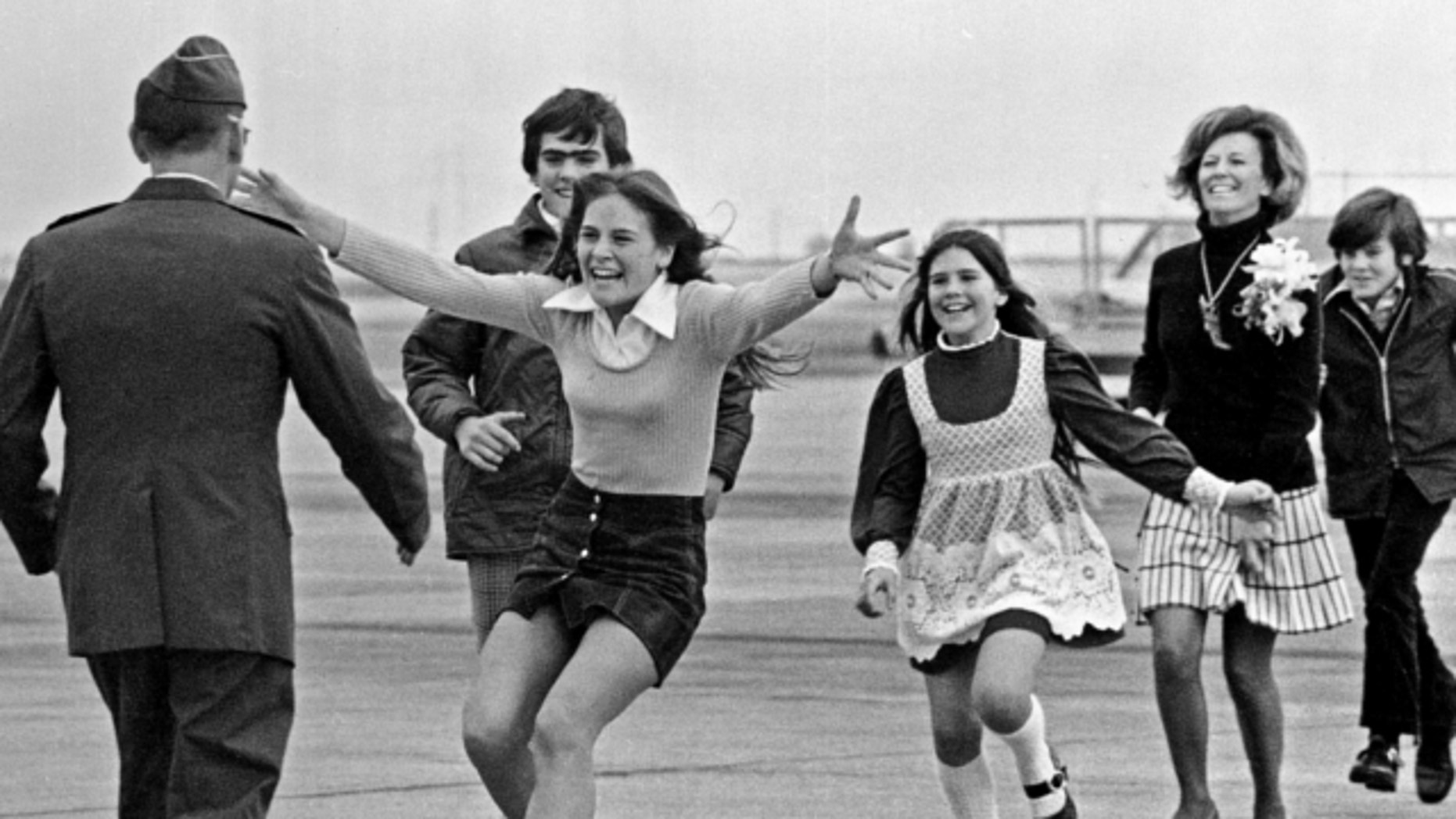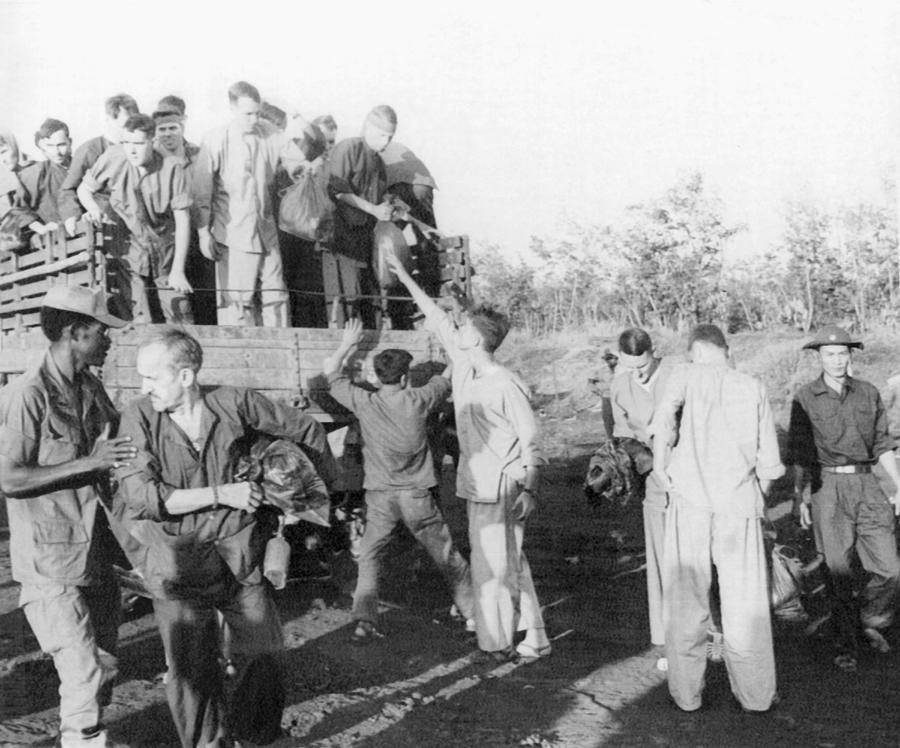


The POW/MIA lobby exploits this uncertainty for all it’s worth. (Since 1975 the Vietnamese have returned the remains of about 100 MIAs.) Many of these were Air Force pilots: 81 percent of those now classified as MIAs were pilots, many of whom failed to eject from their planes before crashing in the Vietnamese jungle. After the war, the Pentagon added to the list servicemen considered killed in action but whose bodies were never recovered. At the end of the war, the Pentagon listed fewer than 800 soldiers as either prisoners or missing in action. The popular usage of the term “MIA” is misleading, since it suggests that we have no idea what happened to the soldiers in Vietnam. John LeBoutillier, a former representative from New York, is working with Charlton Heston in a national phone solicitation campaign to drum up money to help the “American POWs kept in bamboo cages, in the jungle, or in caves in the mountains.” As a government official recently told The New York Times, “Somehow the mystery of their disappearance and their deaths have taken on a peculiar life of their own.” A number of celebrities, including William Shatner, Gloria Vanderbilt and Willie Mays, have been promoting public awareness of the issue in books, movies, and fund-raising drives. A Congressional Task Force on POW/MIAs in Southeast Asia was created in 1977, and in the last several years Congress has introduced more than 100 bills and resolutions aimed at resolving the problem. Last summer Reagan signed a proclamation designating the third Friday in July as the annual National POW/MIA Recognition Day. Ten years after America’s withdrawal from Vietnam, President Reagan has made the recovery of 2,477 American soldiers “the highest national priority.” In June 1983 a division of the Defense Intelligence Agency was assigned a large full-time staff to collect and evaluate information about POWs and MIAs.


 0 kommentar(er)
0 kommentar(er)
